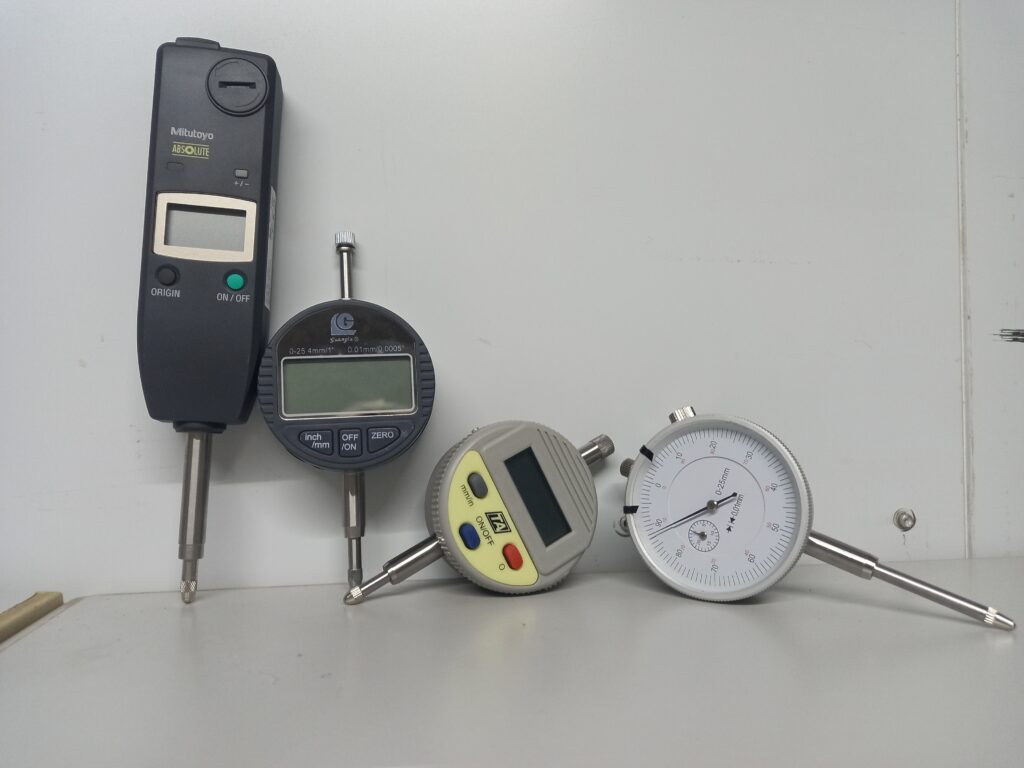Dial gauges, also known as dial indicators, are mechanical measuring tools primarily used to measure small linear movements and differences in position or alignment.They are used in various applications like checking flatness, measuring runout, ensuring part alignment, and detecting geometrical errors in manufacturing and machining processes.
Key uses of dial gauges:
-
Measuring flatness:Dial gauges can be used to verify if a surface is flat or if there are deviations from flatness.
-
Checking parallelism:They can be used to determine if two surfaces or parts are parallel to each other.
-
Measuring runout:Dial gauges can measure the amount of deviation of a rotating part (like a wheel) from a true circle or axis.
-
Ensuring alignment:They are used to ensure that machine parts and components are properly aligned.
-
Monitoring machining processes:Dial gauges can be used to monitor the amount of material removed during grinding or milling.
-
Detecting geometrical errors:They can help identify errors in the shape or form of a workpiece, such as ovality or non-cylindricity.
-
Comparison in mass production:Dial gauges can be used to compare measurements of parts in mass production to ensure they meet specifications.
How they work:
Dial gauges work by translating linear movement into rotational movement, which is then indicated on a dial with a graduated scale. The plunger of the gauge moves in response to a force or displacement, and this movement is magnified and displayed on the dial.
Available:
- Digital Mitutoyo 30mm x 0.01mm
- Digital 25mm x 0.01mm
- Digital 20mm x 0.001mm
- Dial 10mm x 0.0127mm
- Dial 10mm x 0.001mm
- Dial 25mm x 0.01mm
- Dial 30mm x 0.1mm
- Dial 10mm x 0.1mm

